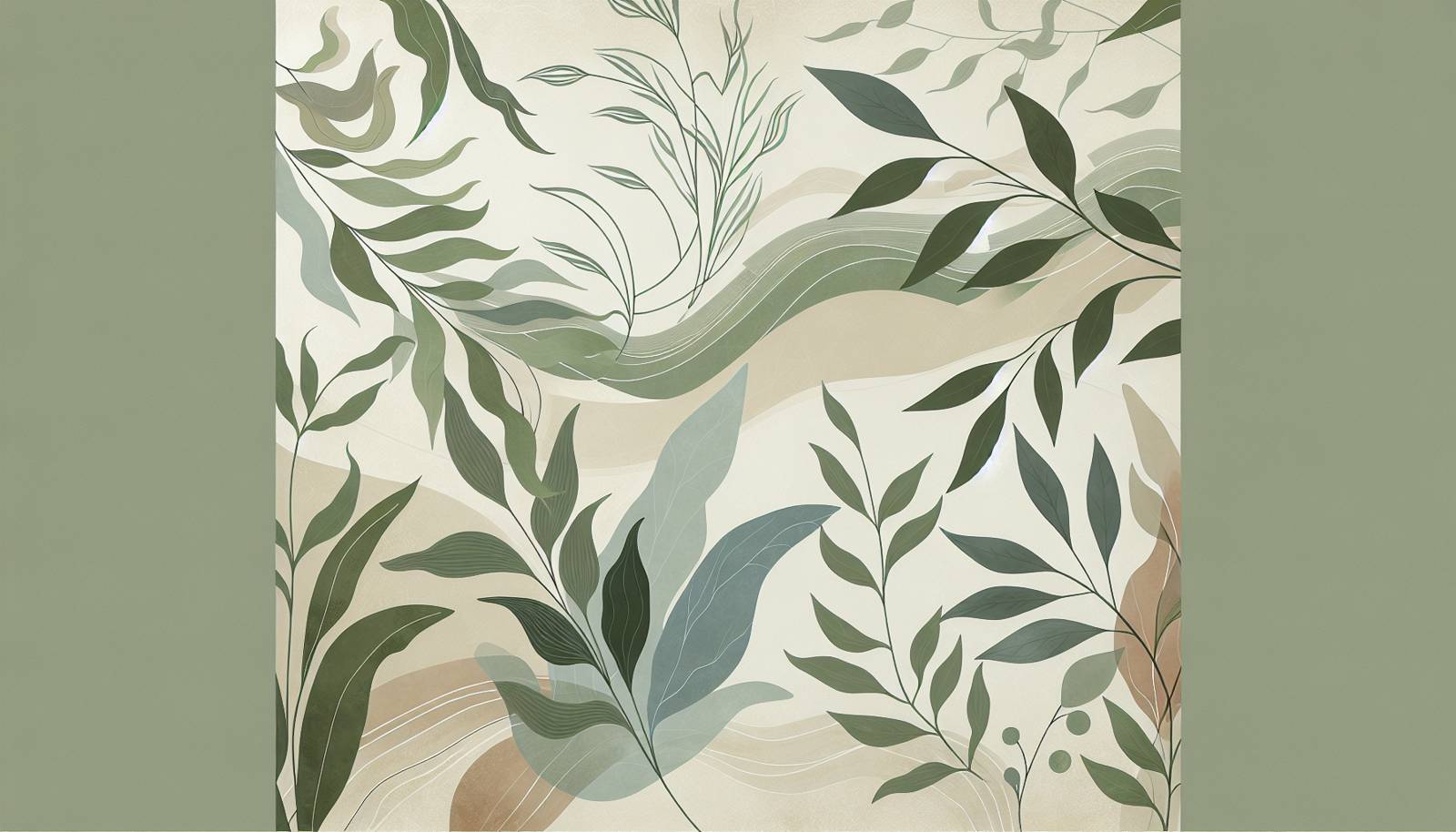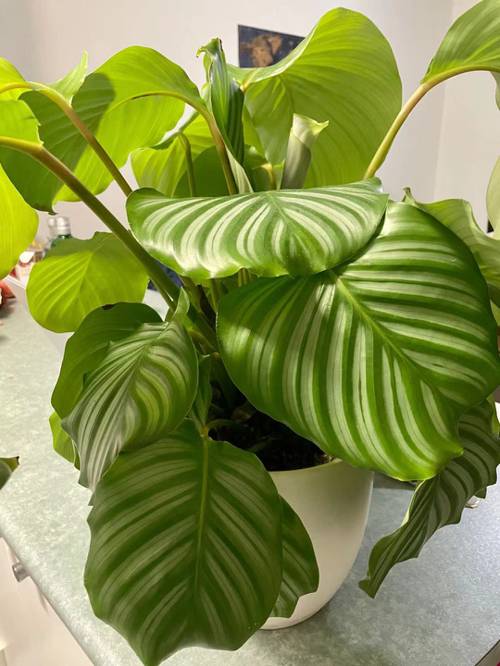
FAQ About Low-Light Indoor Plants

What are some popular low-light indoor plants?
Some popular low-light indoor plants include the Snake Plant (Sansevieria), Pothos (Epipremnum aureum), and the ZZ Plant (Zamioculcas zamiifolia). These plants are well-known for their ability to thrive in environments with minimal light.

How often should I water low-light indoor plants?
Low-light indoor plants typically require less frequent watering than those in brighter spaces. It's advisable to let the soil dry out slightly between waterings. Check the top inch of soil; if it feels dry, you can water the plant. Overwatering is a common issue, so ensure the pot has good drainage.

Can low-light plants survive without any natural light?
While low-light plants can survive with minimal natural light, they still require some light to thrive. If natural light is completely unavailable, consider using artificial grow lights to supplement their light needs.

What is the best soil type for low-light indoor plants?
Low-light indoor plants benefit from a well-draining potting mix. A combination of peat, perlite, and sand works well. This mixture ensures that the roots do not become waterlogged, which can lead to root rot.

Are there low-light plants that also purify indoor air?
Yes, several low-light plants are known to purify air. The Peace Lily (Spathiphyllum), Snake Plant, and Spider Plant (Chlorophytum comosum) are effective at removing toxins like formaldehyde and benzene from the air.

How do I choose the right pot for low-light indoor plants?
Choose a pot that provides adequate drainage through one or more holes at the bottom. The material can be ceramic, plastic, or terracotta depending on your preference, but ensure the size is appropriate for the plant to prevent over or underwatering.

Can I place low-light indoor plants in a bathroom?
Yes, many low-light plants do well in bathrooms, especially those that appreciate higher humidity levels, such as Ferns and Peace Lilies. Just ensure there's even a minimal amount of light, whether from a window or through artificial sources.

What is a common pest problem for low-light indoor plants?
Common pests include spider mites, mealybugs, and fungus gnats. Regularly inspecting your plants and maintaining proper ventilation can help prevent these issues. If pests are detected, use insecticidal soap or neem oil to treat the plant.

Do low-light plants grow slower than other indoor plants?
Generally, yes. Low-light plants often grow more slowly due to the reduced energy they receive from limited light sources. This is normal, and these plants have adapted to this growth rate over time.

Can I propagate low-light indoor plants easily?
Yes, many low-light indoor plants can be easily propagated. For example, Pothos can be propagated through cuttings in water, and Snake Plants can be propagated by dividing root rhizomes.

Should I fertilize my low-light indoor plants?
Low-light indoor plants do not need frequent fertilization. Once every 2-3 months during the growing season (spring and summer) is usually sufficient. Use a balanced, water-soluble fertilizer to avoid nutrient burn.

What are signs of overwatering low-light indoor plants?
Signs of overwatering include yellowing leaves, soggy soil, and root rot. If you notice any of these symptoms, reduce the watering frequency and ensure proper drainage in the pot to improve the plant's condition.

Are succulents suitable as low-light indoor plants?
Most succulents prefer bright, sunny conditions and may not thrive in low-light environments. However, some varieties, like Haworthia, can tolerate lower light conditions but still require some indirect light to maintain health.

How can I enhance the appearance of low-light indoor plants?
To enhance the appearance of your low-light indoor plants, ensure they are clean by gently wiping leaves with a damp cloth. This not only makes them look fresh but also allows them to photosynthesize more effectively by removing dust build-up.

Are there flowering low-light indoor plants?
Yes, some low-light indoor plants can produce flowers. The Peace Lily is a notable example, blooming with white flowers even under low-light conditions. However, flowering may be less frequent or prolific compared to brighter environments.

Can low-light plants be placed near LED lights?
Yes, LED lights can be beneficial for low-light plants as they provide the necessary light spectrum for photosynthesis. Position the plants a few feet from the LED lights to ensure they receive adequate light without heat damage.

What temperature range is ideal for low-light indoor plants?
Most low-light indoor plants thrive in temperatures between 60 and 75°F (15-24°C). They generally prefer stable temperatures without drastic fluctuations, such as those caused by drafts or heating vents.

Do low-light indoor plants require high humidity?
While not all low-light plants require high humidity, many of them, like certain ferns and Peace Lilies, do appreciate higher humidity levels. You can increase humidity by misting the plants or using a humidifier.

Can I use tap water for low-light indoor plants?
While tap water is often suitable for watering indoor plants, some plants are sensitive to chlorine and fluoride. If your tap water is heavily treated, consider using distilled water or leaving tap water to sit overnight before use to allow some chemicals to dissipate.

What is the lifespan of low-light indoor plants?
The lifespan of low-light indoor plants varies depending on the species and care conditions. Some can live for several years or even decades if properly maintained. Regular care and attention to their light and water needs help extend their lifespan.
